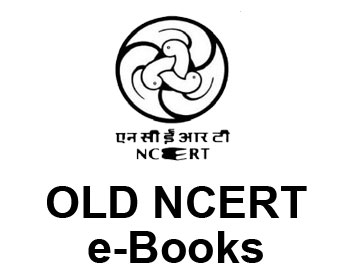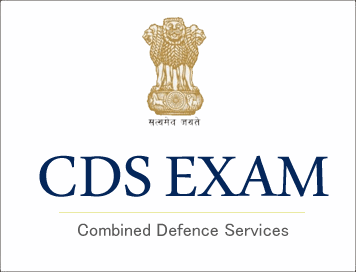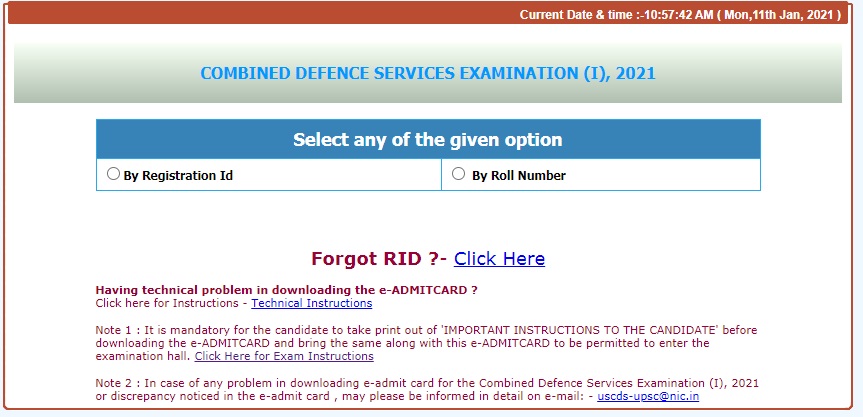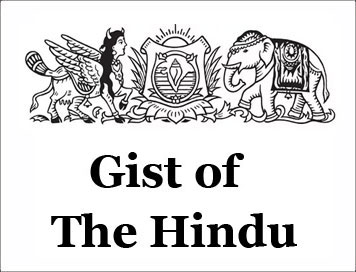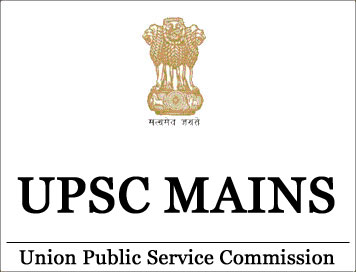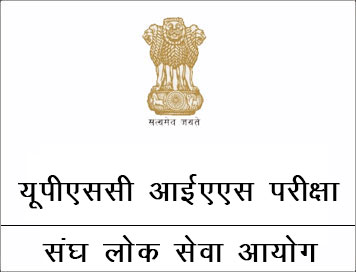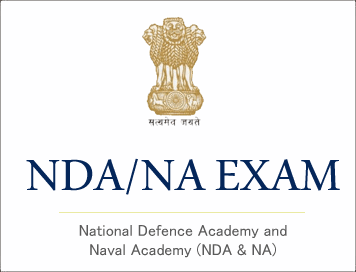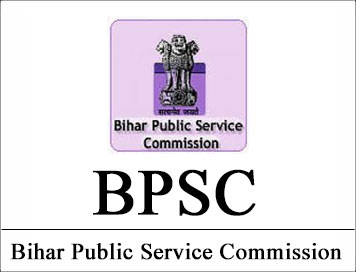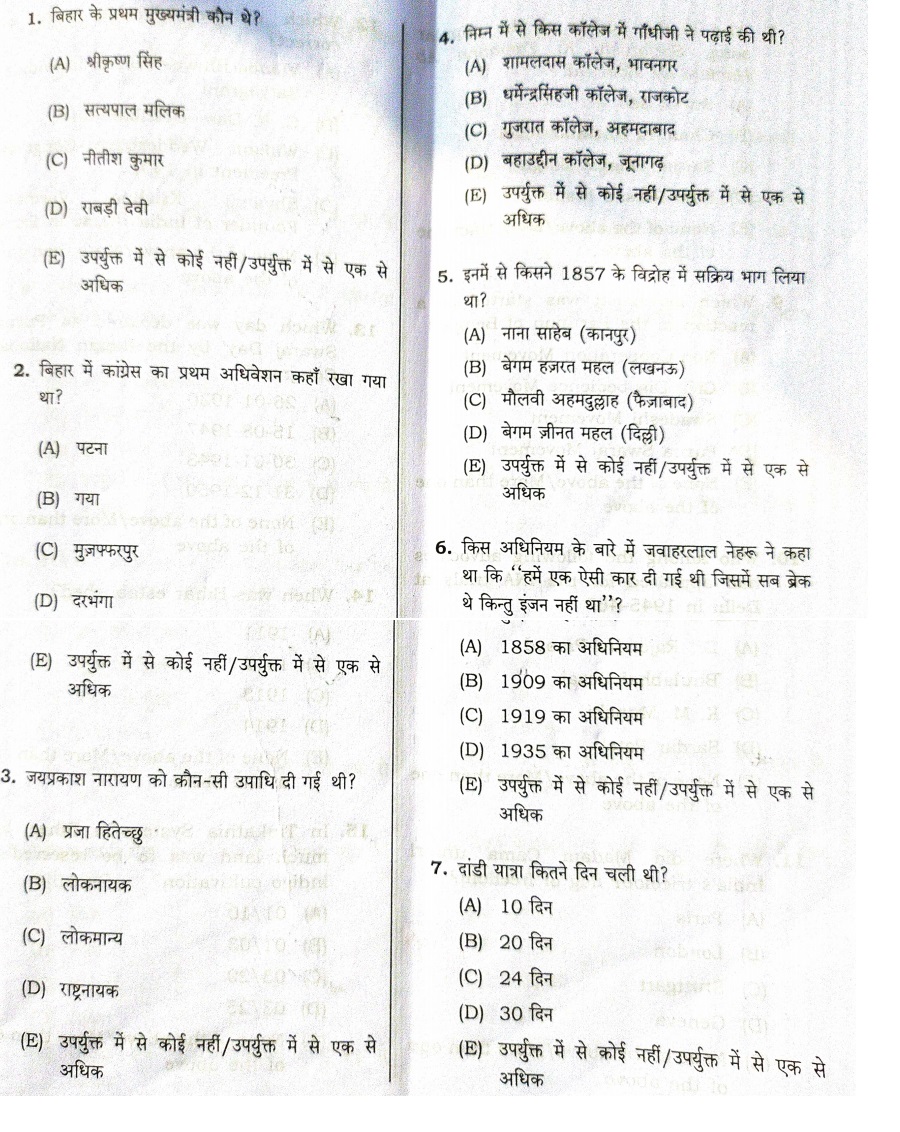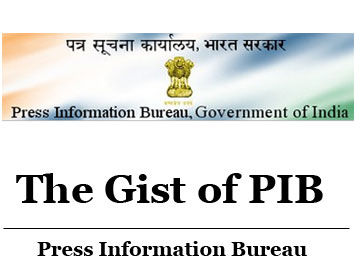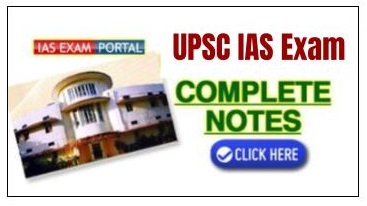
Sample Material of Current Public Administration Magazine
1. Accountability and Responsibility
To disparage India’s parliamentary democracy, some are imagining its decline
Over the past few years, it has become a fad within a cocooned elite ecosystem to predict or claim that India and its institutions are declining. People within this ecosystem have become so obsessed with wanting to see India decline that, now, they see it happening irrespective of the facts on the ground. If facts don’t suit their perceptions, they can always manufacture narratives to suit their pre-conceived notions and torture isolated bits of information to say what they want.
CLICK HERE FOR FULL ARTICLE (Only for Course Members)
2. Indian Government and Politics
Socialism has been a handy weapon in successfully fighting COVID-19 pandemic
A plea has been filed before the Supreme Court, seeking to remove the words ―socialist‖ and ―secular‖ from the Preamble of the Constitution. But despite a persistent erosion over the last couple of decades, both principles were central to the type of republic our political forefathers had imagined. With the embrace of neoliberal policies in the Nineties, socialism was pushed aside. With the ongoing pandemic, however, socialism has become relevant not only for India but also the world. As the world grapples to find a vaccine for COVID-19, a closer inspection of the backwash of the pandemic reveals that socialist ideals have turned out to be a life-saver. This needs further corroboration and evaluation
CLICK HERE FOR FULL ARTICLE (Only for Course Members)

